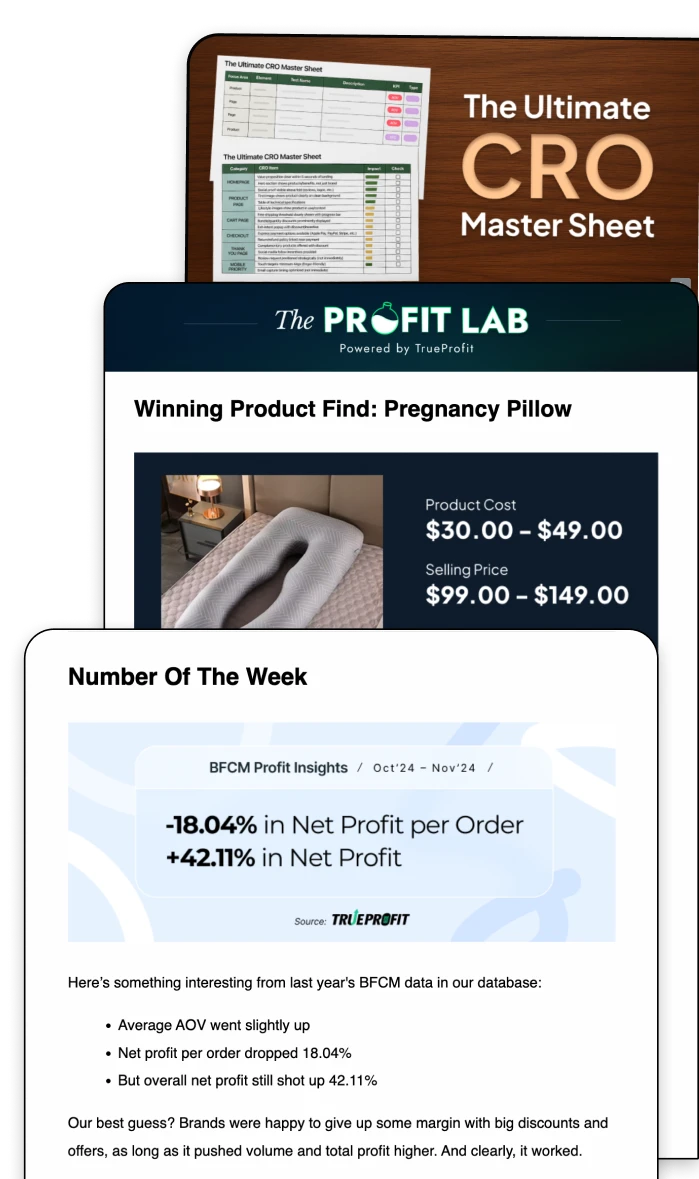Gross Profit vs Net Profit Explained 2025 (With Examples)
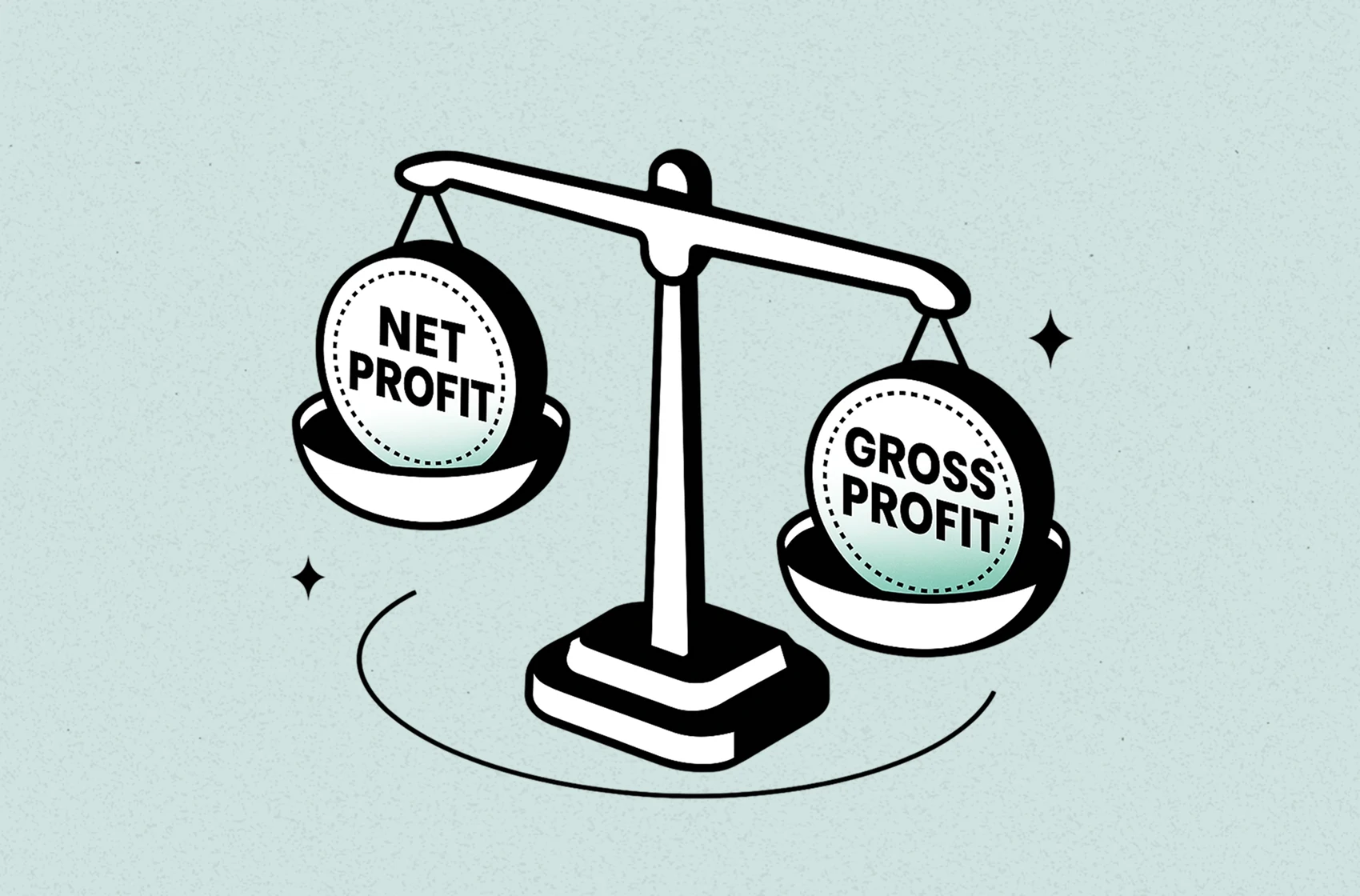
Gross profit vs Net profit are two ecommerce metrics that tell very different stories about your business. And if you're not sure which one to look at (or what they even mean), you're not alone.
In simple terms:
- Gross profit is the money left after you subtract the cost to produce your product.
- Net profit is what’s left after all business expenses are paid — from rent to marketing to taxes.
Understanding both helps you price your products better, control costs, and make smarter decisions — especially as your business grows. So let’s break them down clearly, with real examples and simple formulas.
Gross Profit vs Net Profit: At-a-Glance Comparison
If you're just looking for a quick breakdown, here’s a side-by-side comparison of gross profit and net profit — including what they measure, how they’re calculated, and why each one matters.
Aspect | Gross Profit | Net Profit |
|---|---|---|
Definition | Revenue minus cost of goods sold (COGS) | Revenue minus all expenses (COGS, operating costs, taxes) |
Formula | Gross Profit = Revenue – COGS | Net Profit = Revenue – COGS – Operating Expenses – Taxes |
Scope of Expenses | Only includes direct costs like materials and labor | Includes all business expenses: rent, payroll, marketing, etc. |
Use Cases | Tracking product profitability, pricing decisions | Evaluating overall business health and long-term sustainability |
What It Tells You | How efficiently you produce and sell products | Whether your business is truly profitable after all costs |
Tip: Use gross profit to manage your margins and product strategy. Use net profit to understand if your entire business is financially healthy.
What Is Gross Profit?
Gross profit is the money your business makes from selling products after subtracting the direct costs of making them — like materials, packaging, and production labor. It tells you how efficiently you’re pricing and reveals your gross profit margin — a key indicator of product-level profitability.
Examples of Gross Profit
Let’s say you run a Shopify store selling custom T-shirts.
- You sell a T-shirt for $100
- Your cost to make and ship it (COGS) is $60
Gross Profit = $100 – $60 = $40
That $40 is your gross profit. It shows what you earn before accounting for rent, ads, tools, or taxes.
Why Does Gross Profit Matter?
Gross profit helps you understand your product margins — and whether your pricing makes sense.
If your gross profit is too low, even strong sales won’t save your business. By tracking this number, you can:
- Adjust prices to improve profit per sale
- Negotiate better supplier costs
- Spot issues in production or fulfillment
- Make smarter inventory and ad spend decisions
Quick Takeaway: Gross profit is your first checkpoint — showing whether each product you sell is profitable on its own.
What Is Net Profit?
Net profit is what’s left after you subtract all your business expenses — not just product costs, but also things like marketing, software subscriptions, shipping, payroll, and taxes. It shows your true bottom line and helps you calculate your net profit margin — a key metric for understanding overall business profitability.
Here’s the net profit formula:
Examples of Net Profit
From the same example above, you’ve already calculated your gross profit from selling one T-shirt:
- Revenue: $100
- COGS: $60
- Gross Profit: $40
Now let’s say for that same order, you also spent:
- $10 on Facebook ads
- $3 on app subscriptions
- $2 on payment processing fees
- $5 in taxes
=> Net Profit = $100 – $60 – $10 – $3 – $2 – $5 = $20
You’ve already calculated your gross profit from selling one T-shirt:
That $20 is your net profit. It’s the actual profit your business keeps after every cost is paid.
Why Does Net Profit Matter?
Because it’s the clearest measure of your true profitability. It shows whether your business is financially healthy and built to last.
For small business owners, this metric is essential because it helps you:
- See whether your business is truly profitable (not just selling a lot)
- Set realistic budgets and plan for growth
- Make hiring, marketing, and reinvestment decisions
- Understand how much cash you can actually take home or reinvest
Gross Profit vs Net Profit: Which One Matters More for Your Business?
Both gross profit vs net profit are important — but they serve different purposes. Knowing when to focus on each one helps you make better decisions, especially as a small business owner juggling pricing, marketing, and overhead.
Focus on Gross Profit when: | Focus on Net Profit when: |
|---|---|
|
|
Quick Takeaway:
- Gross profit = Can I make money selling this product?
- Net profit = Can I build a business that actually lasts?
Both numbers work together to give you a full view. Track them regularly — and use them to guide smarter decisions in pricing, marketing, and operations.
How to Track Gross and Net Profit Easily and Accurately
Keeping tabs on your gross and net profit doesn’t have to be a spreadsheet headache.
If you’re running a Shopify store (or any eCommerce business), manually tracking revenue, COGS, shipping fees, ad spend, and taxes can quickly eat up your time — and lead to mistakes.
That’s where profit tracking tools like TrueProfit come in.
Why use TrueProfit?
- Real-time Net Profit Dashboard: Get an instant overview of your business performance with all key performance metrics, including gross profit and net profit.
- Auto-track all costs: Track every expense to unlock accurate profit insights.
- Profit-based Product Analytics & MKT Attribution: Know which products and marketing channels are truly driving profit.
- P&L Report: High-level view of your financial health, anytime.
- Customer Lifetime Value (CLV): Unlock customer true value for smarter retention strategies.
- Mobile app, All-store view: Get your store's profit insights, even on the go
Instead of guessing which products are truly profitable, you can make data-backed decisions instantly.
At this time, TrueProfit is available only for Shopify users. If your business runs on Shopify, it’s definitely worth exploring.
In short, understanding the difference between gross profit vs net profit isn’t just accounting trivia — it’s essential to running a healthy, profitable business.
- Gross profit shows you whether your products are priced and produced efficiently.
- Net profit tells you if your entire business is actually making money after all expenses.
Both are critical. Together, they help you price smarter, cut unnecessary costs, and grow with confidence.
If this is your first time diving into your numbers — that’s a great first step. Start small. Review your product margins. Look at your business-wide expenses. And if you’d like an easier way to stay on top of it all, tools like TrueProfit can help you track both in real time.
Leah Tran is a Content Specialist at TrueProfit, where she crafts SEO-driven and data-backed content to help eCommerce merchants understand their true profitability. With a strong background in content writing, research, and editorial content, she focuses on making complex financial and business concepts clear, engaging, and actionable for Shopify merchants.





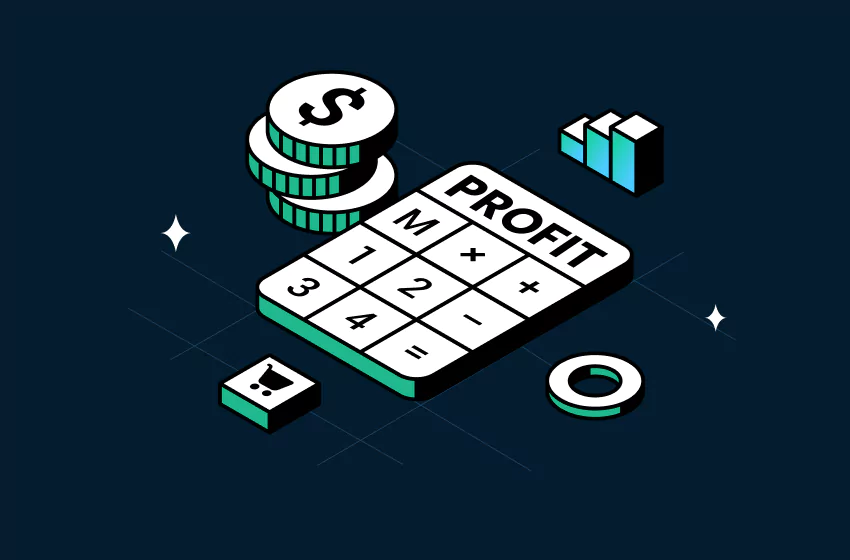

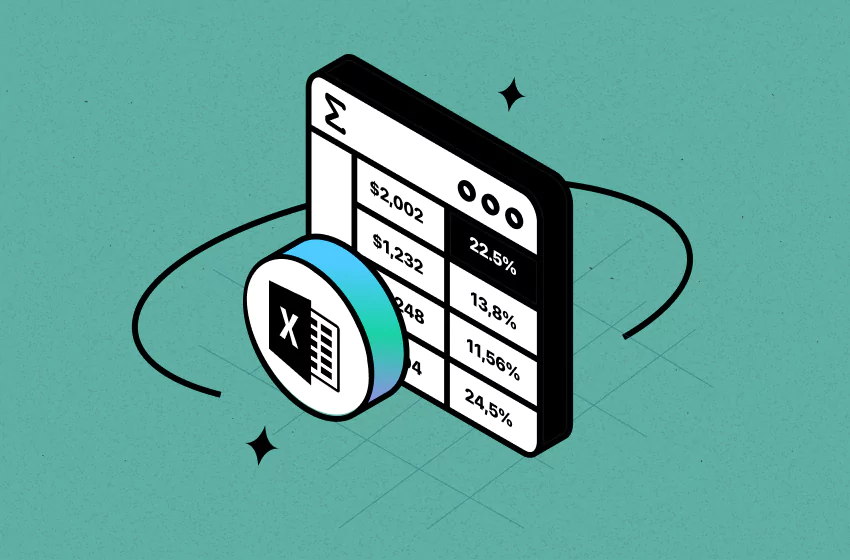
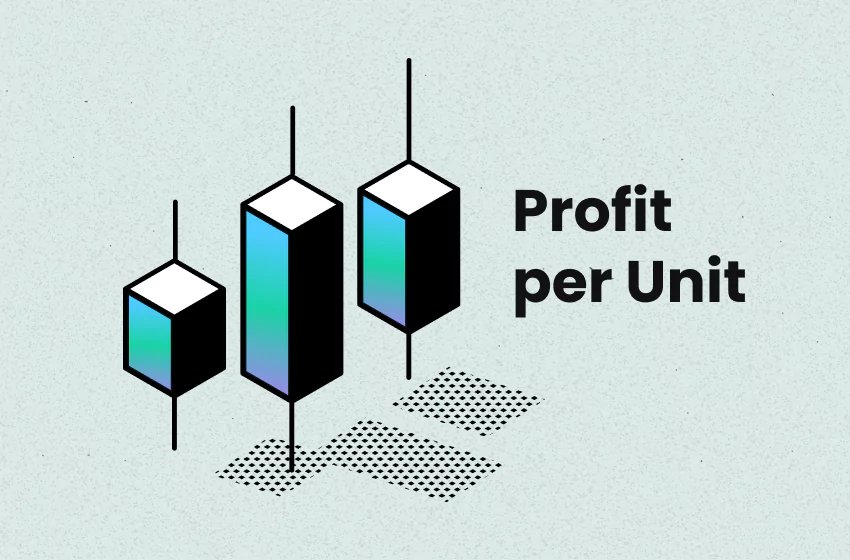
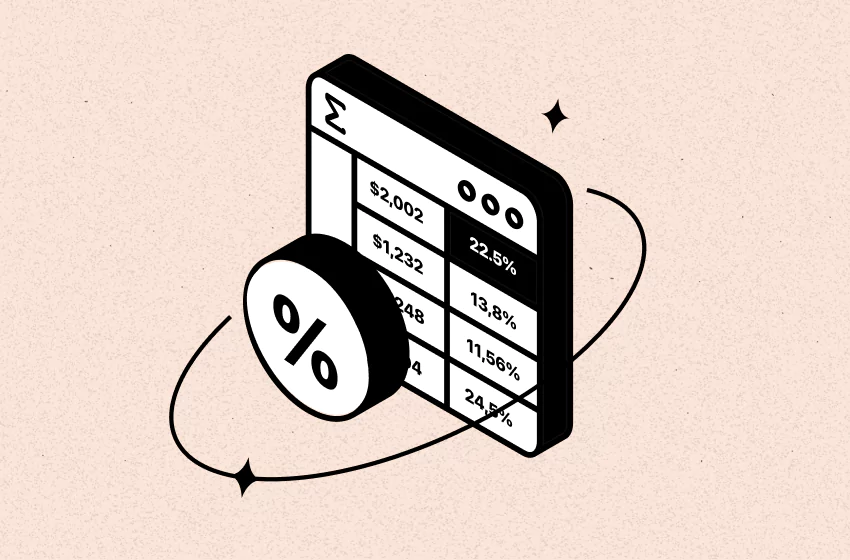
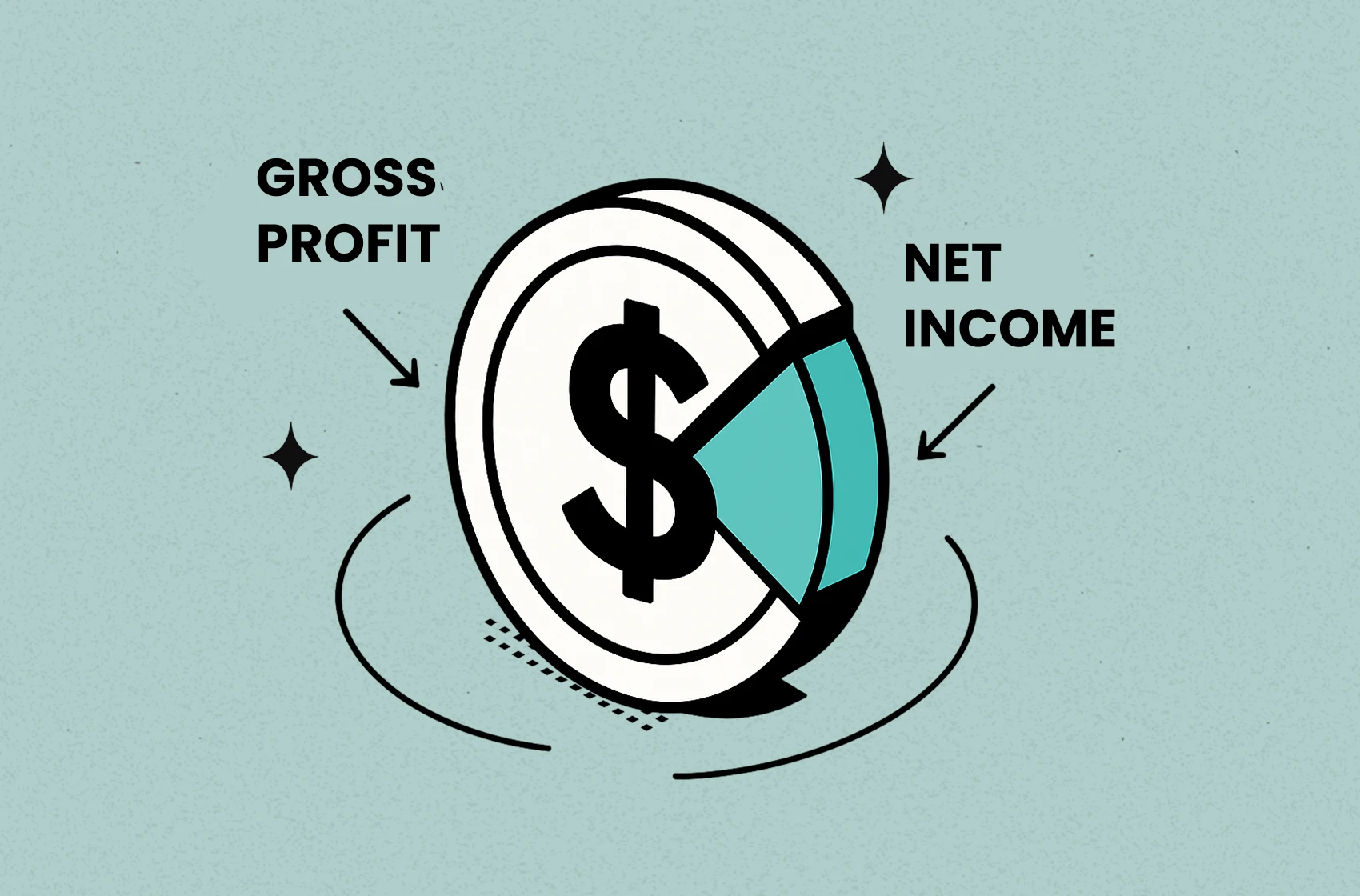
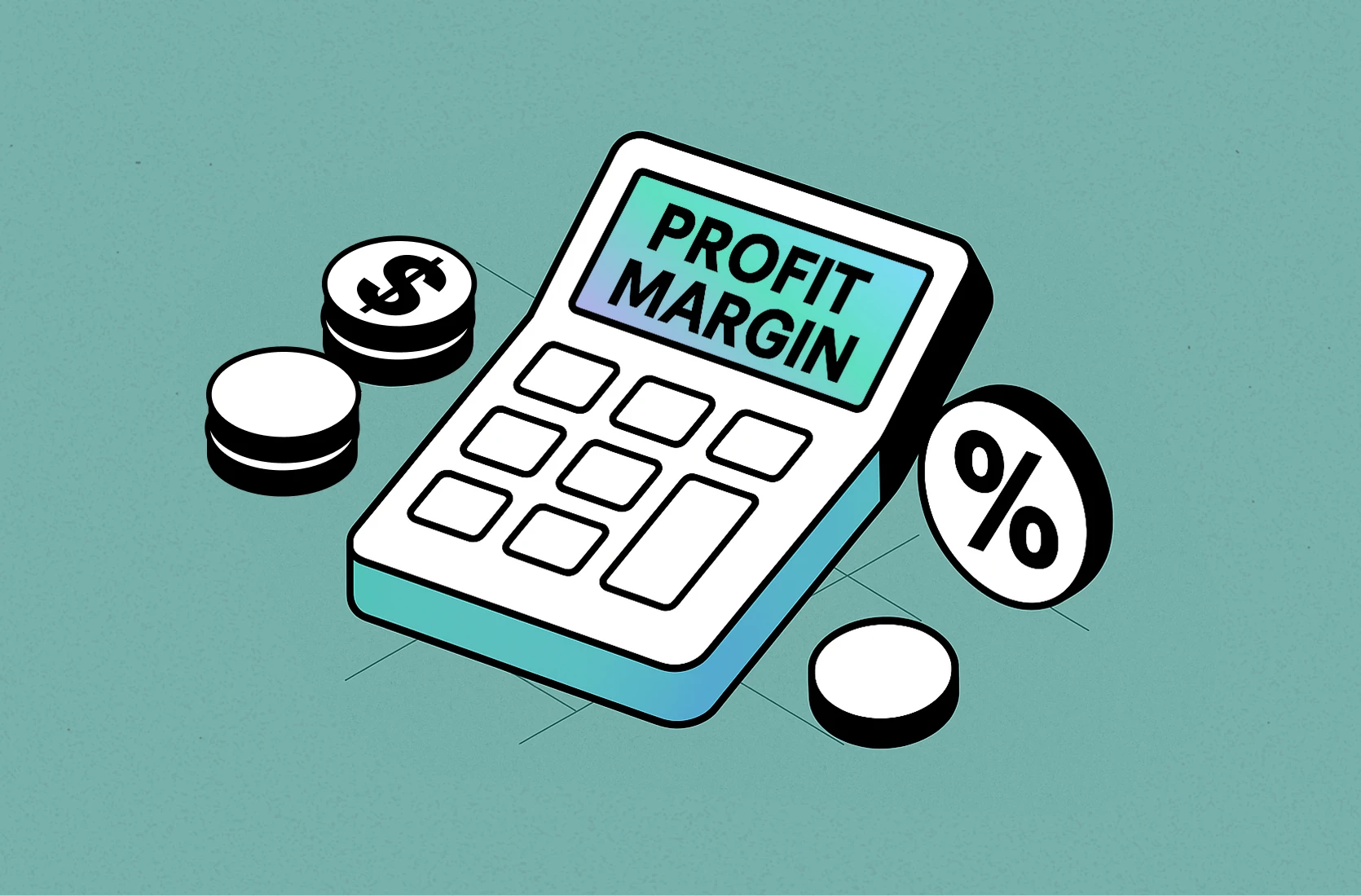
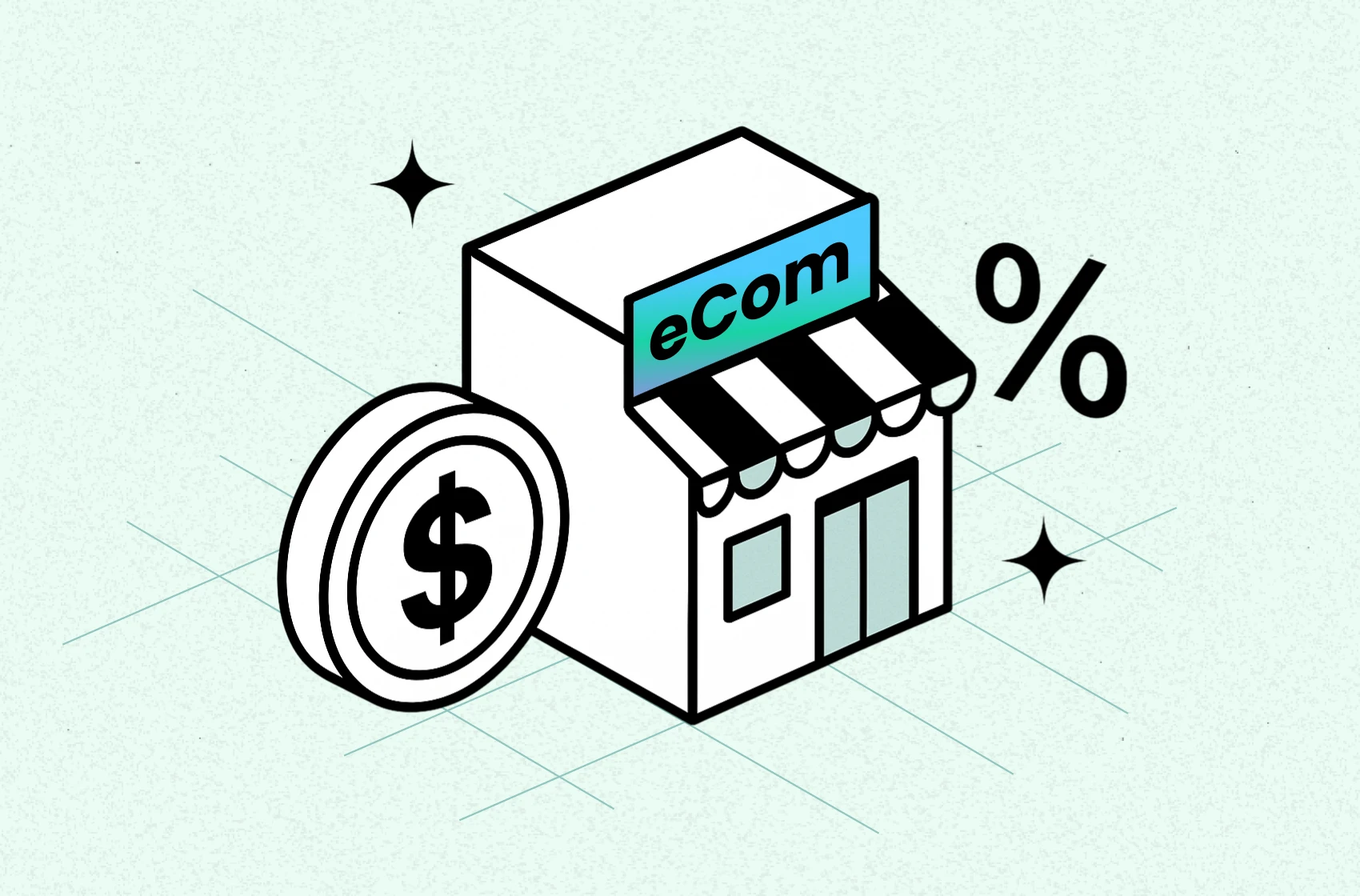
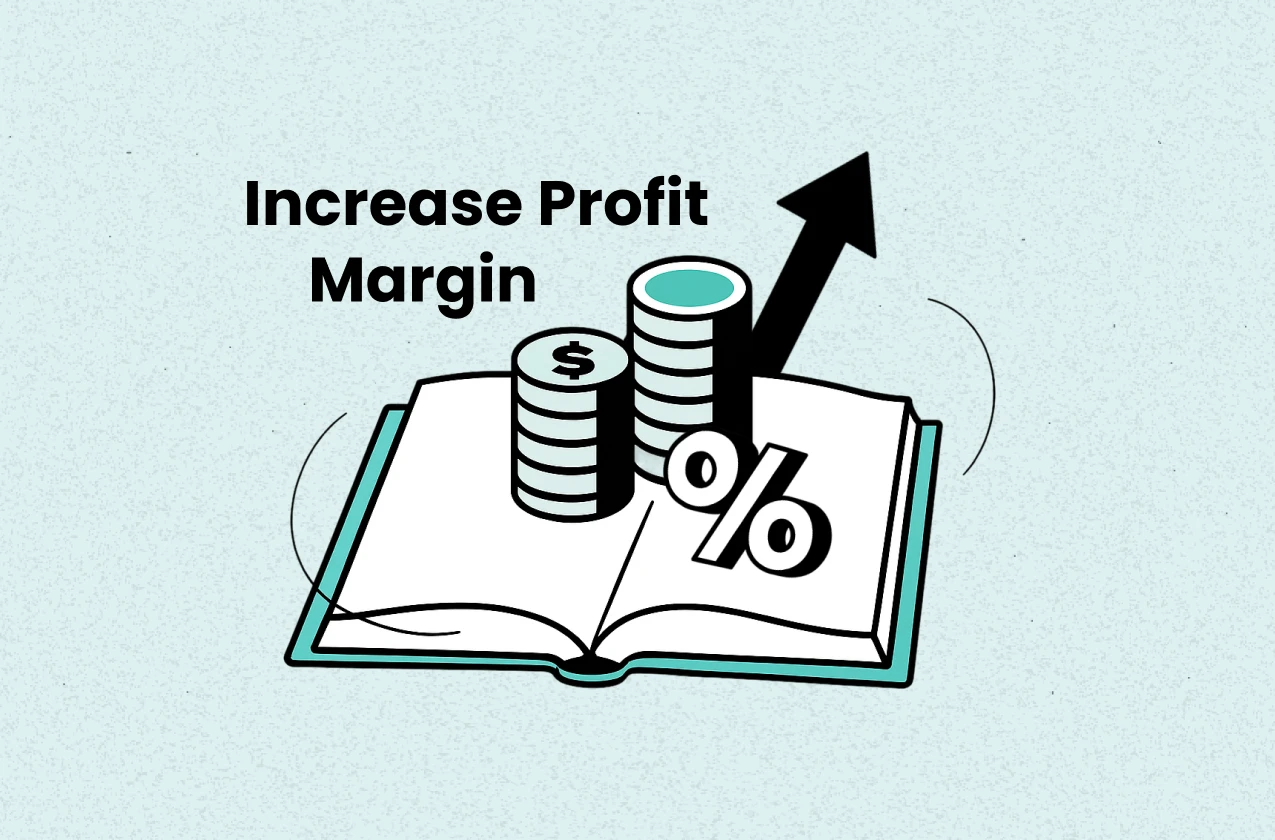
 Shopify profits
Shopify profits